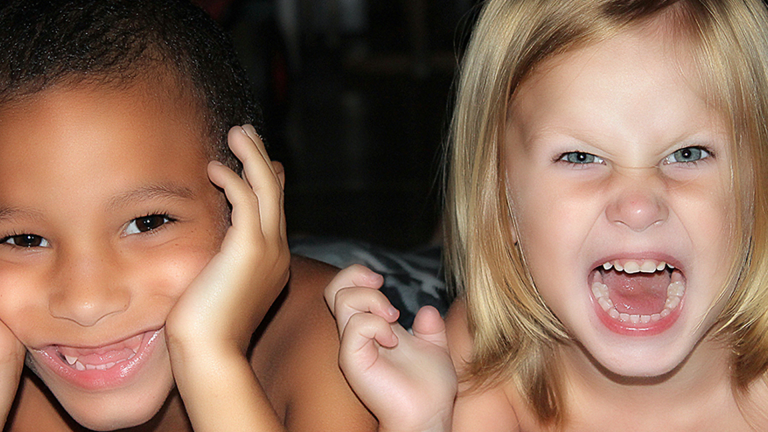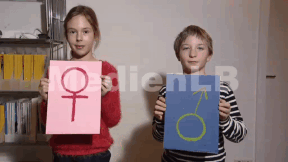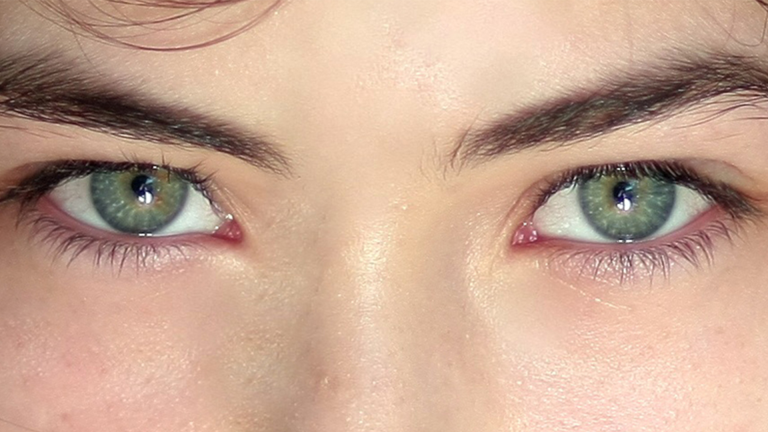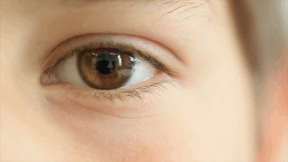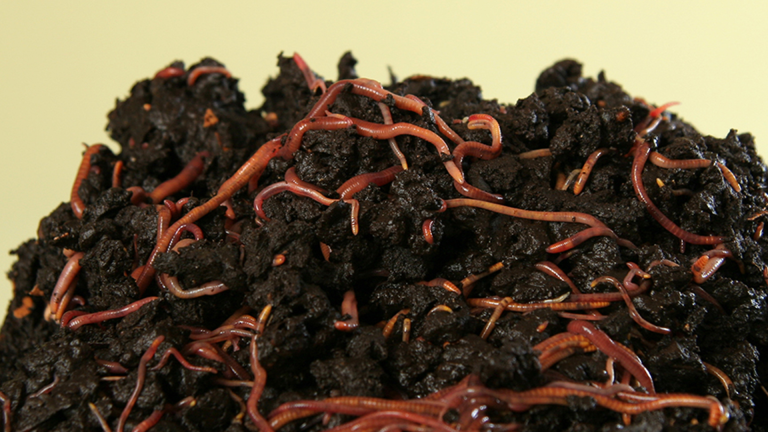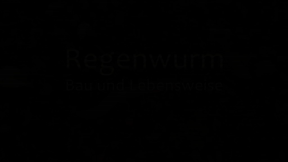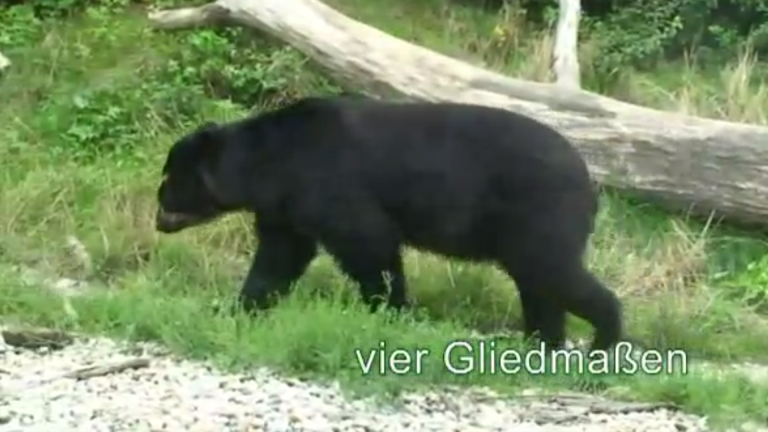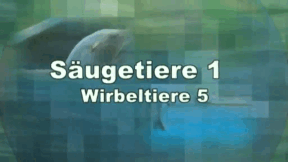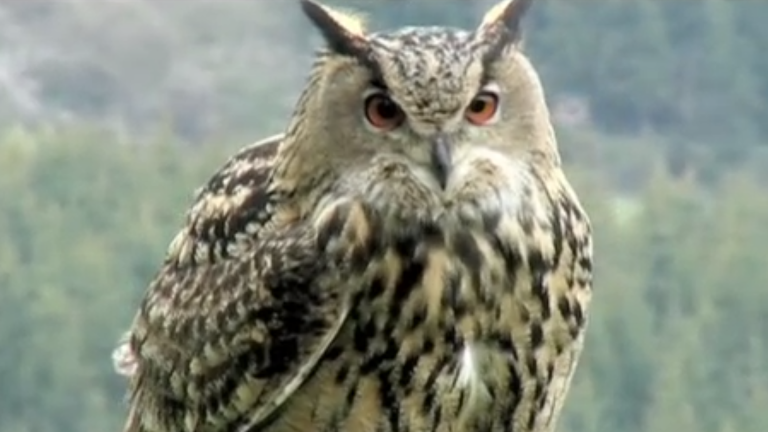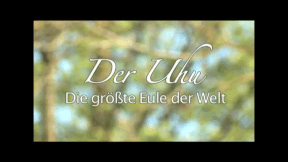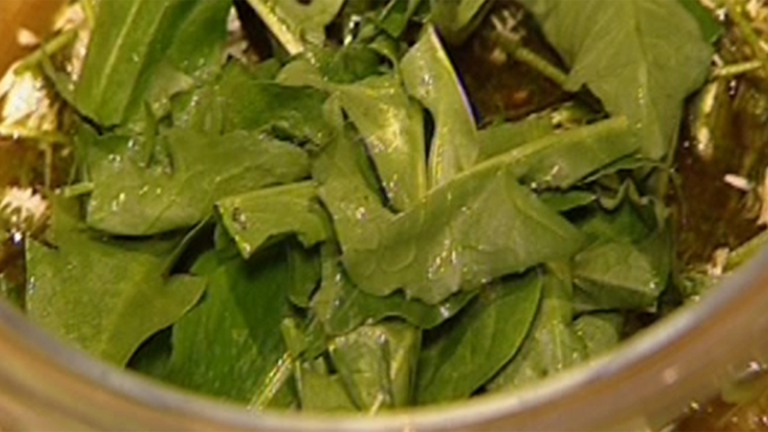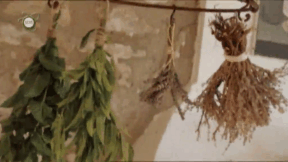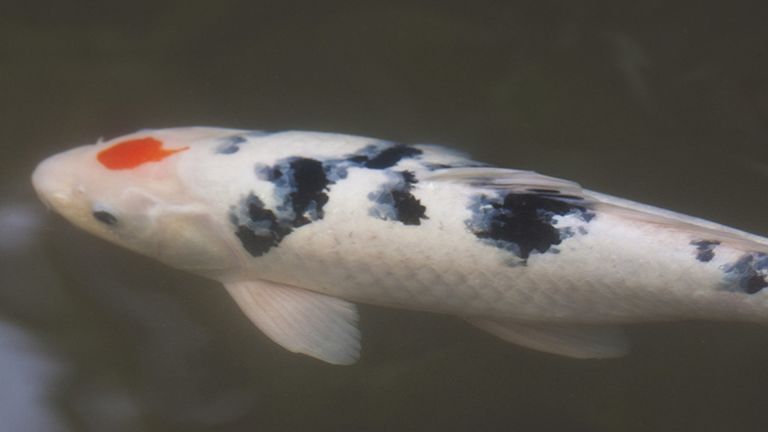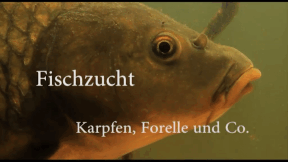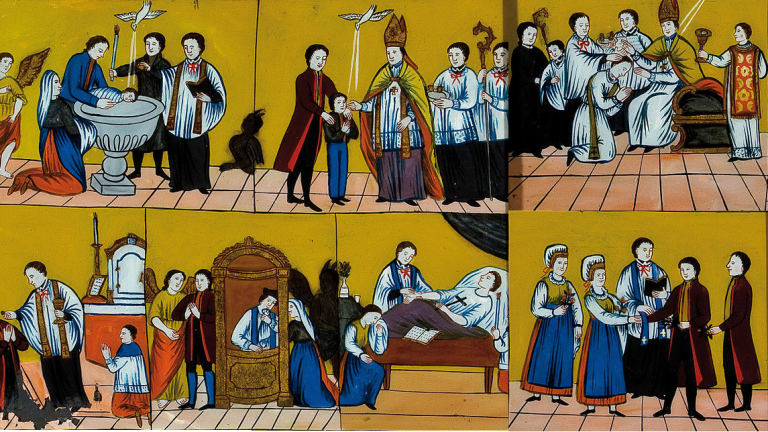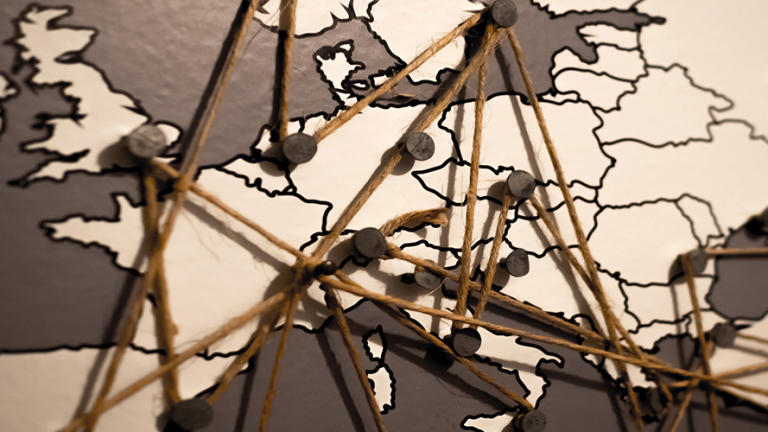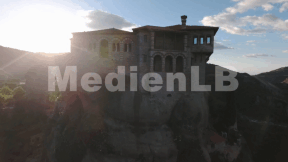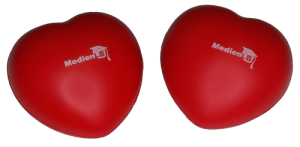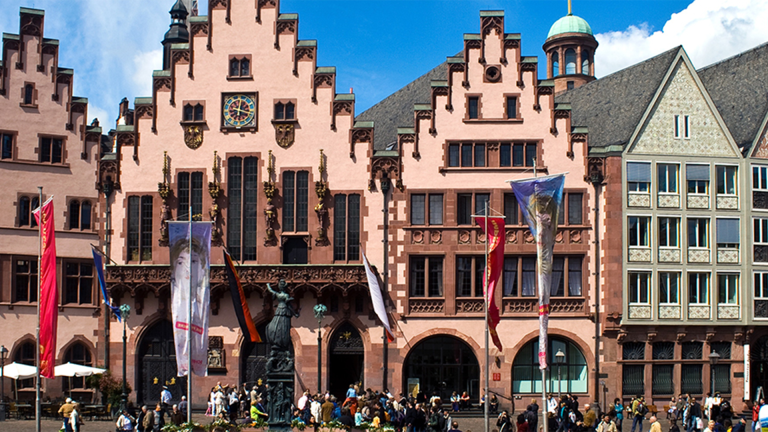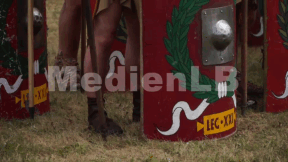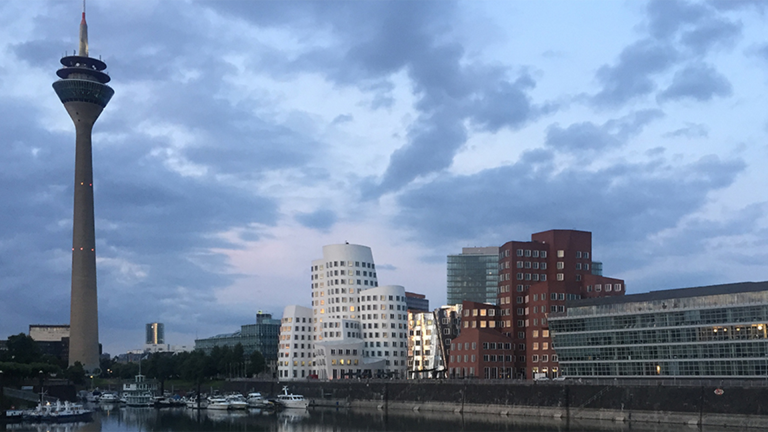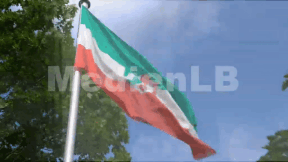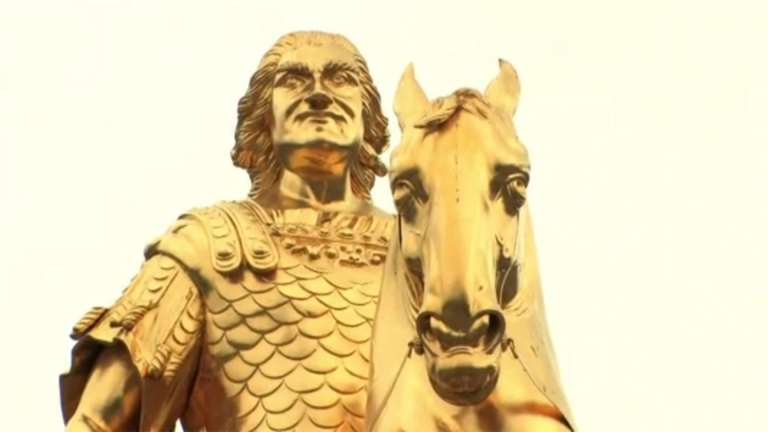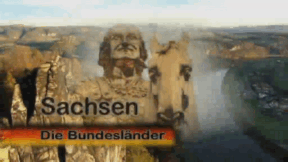Suche:
- # Artistry
- # Biology
- # Chemistry
- # Ecological
- # Economy
- # English
- # Foreign Language
- # Geography
- # German
- # Health
- # History
- # Informatik
- # Latin
- # Mathematics
- # Media Education
- # Music
- # Physics
- # Politics / Civics
- # Preschool
- # Primary School
- # Religion
- # Society
- # Sports
- # Technology
- # Training of Teachers
- # Vocational Education
Eye
The eye is one of our most important sense organs. It provides direct access to the world.
Learn moreEarthworm
It is slippery, soft and slimy, burrows in the moist soil and many just find it disgusting – the earthworm. Most of us know it when it comes to the surface in heavy rain and ends in puddles or, possibly, as fish bait; but earthworms are true natural wonders and extremely useful. Only a very small percentage of all animals are vertebrates. These animals, such as mammals, birds, reptiles, amphibians and fish, all have a vertebral column. Over 90% of our fauna are invertebrate animals.
Learn moreMammals I
When we talk about animals in everyday conversation, we mostly talk about mammals. Mammals live in water, on land and in the air. Countless species of the most diverse sizes and appearances populate our earth. A clear classification is not always possible because of their adaptation to their different habitats.
Learn moreThe Eurasian Eagle Owl
With a body length of 60 to 75 cm and a wingspan of up to 170 cm, the Eurasian eagle owl is the largest owl in the world. It is also referred to as “king of the night skies”. After being hunted and almost exterminated by humans, the population of the Eurasian eagle owl has started rising again since the middle of the 20th century. Nevertheless, according to experts, it is not secured yet. Destroyed habitats and disturbances at the breeding sites, for instance by climbers, as well as dangers from power poles still threaten the population of the Eurasian eagle owl today.
Learn moreKräuter
Nicht nur beim Kochen werden Kräuter verwendet, auch bei gesundheitlichen Beschwerden und kleinen Schönheitsmakeln kommen die Alleskönner zum Einsatz. Aber Vorsicht ist geboten, denn nicht alle Vertreter sind ungiftig. "Schau dich schlau!" erkundet die Vielfalt der Kräuterwelt, gibt Tipps zur Verwendung und erforscht Kurioses rund ums Thema.
Learn moreFish Farming
Lakes, rivers and streams are the natural habitats of our freshwater fish. Some of them, such as carp, trout and char, are eaten as food fish. But where do the fish come from and why have our lakes and rivers not been fished dry yet? Since the Stone Age people have been catching fish for subsistence. Fish is an important source of protein. With a wide variety of methods, such as fishing rods or nets, we hunt them successfully.
Learn moreSacraments
The Sacraments – they are the visible and audible signs of the invisible workings of God on man. Often they occur at transitions and significant life events such as birth, admission into the community of Christians, growing up. These are the Sacraments of Initiation. In addition, there are the Sacraments of States of Life. They are administered for the decision to enter upon a lifelong companionship or a lifelong service in the Church. And finally, there are the Sacraments of Healing. The word "sacrament" comes from Latin and means: holy sign or also way of salvation.
Learn moreEuropa
Europa ist ein Subkontinent mit mehr als 750 Millionen Einwohnern. Es ist der am stärksten verstädterte der Kontinente und von großen klimatischen und geomorphologischen Gegensätzen geprägt.
Learn moreHesse
The federal state of Hesse is located in the centre of Germany and borders on the federal states of Lower Saxony, Thuringia, Bavaria, Baden-Wuerttemberg, Rhineland-Palatinate and North Rhine-Westphalia. Especially South Hesse, with the international financial and commercial centre as well as traffic hub Frankfurt on the Main, is one of the most densely populated and economically powerful regions of Germany.
Learn moreNorthrine-Westphalia
North Rhine-Westphalia unites many contrasting mentalities and forms of life and landscape. It is a land of low mountain ranges, lowlands and vibrant metropolises.
Learn moreSaxony
The federal state of Saxony lies in the southeast of the Federal Republic of Germany. Besides an overview of the state, this DVD offers a detailed description of the character and history of Saxony’s natural landscapes. One focus of the film is the chapter on the eventful history of this state, which renders the DVD suitable not only for geography lessons but also for history lessons. Besides natural resources and the industry, the chapter on Saxony’s economy discusses the cities of Dresden, Leipzig and Chemnitz in terms of their sights as well as their structure and regional economy. In view of the agricultural-ecological diversity of the state, agriculture is treated in a subchapter of its own. Due to the modular, modified regional-studies approach, the DVD is suited for both interdisciplinary and focus-oriented teaching strategies and access modes.
Learn more



